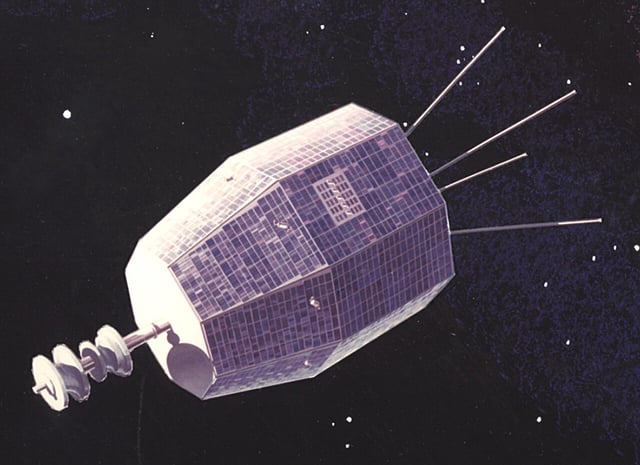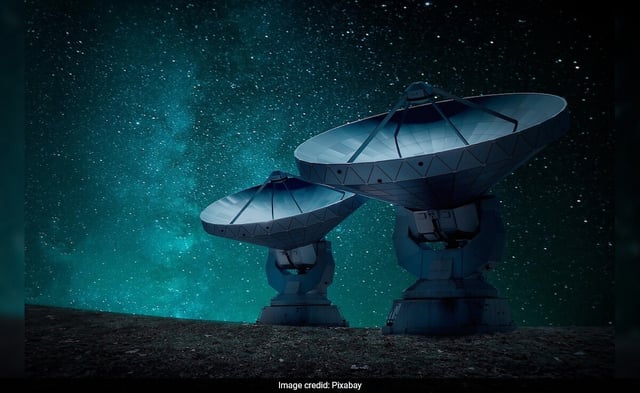Overview
- The Australian Square Kilometre Array Pathfinder recorded a sub-30-nanosecond signal on June 13, 2024, that briefly outshone all radio sources in the sky.
- Subsequent localization traced the pulse to NASA’s Relay2, an experimental communications satellite inactive since 1967 and orbiting about 20,000 km above Earth.
- Researchers conclude the burst was most likely caused by an electrostatic discharge or a micrometeoroid strike rather than any on-board system reactivation.
- A paper detailing the findings has been accepted by The Astrophysical Journal and is available as a preprint on arXiv.
- Teams are now refining radio-monitoring methods to detect similar discharges from space debris and evaluate risks to modern satellites.

